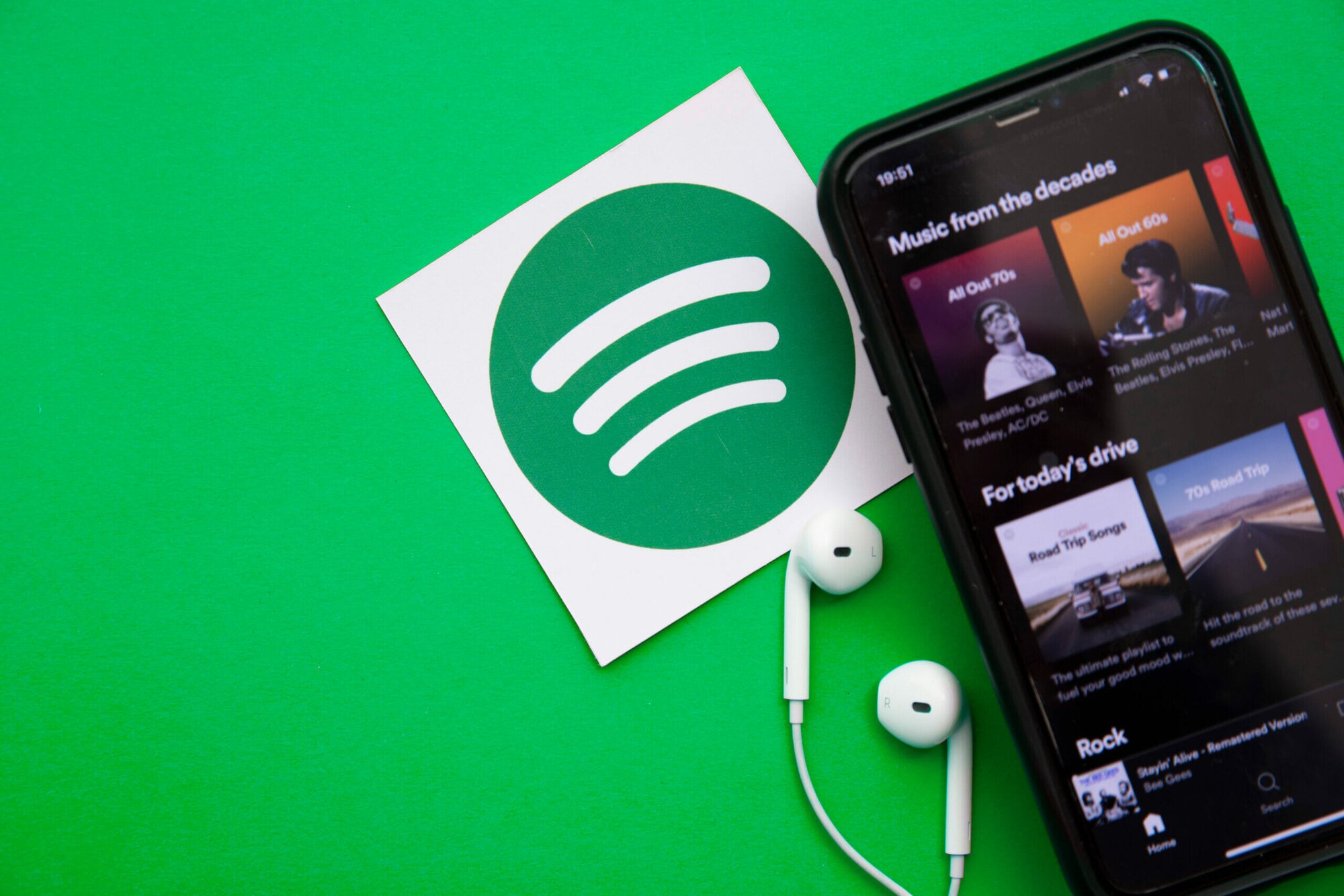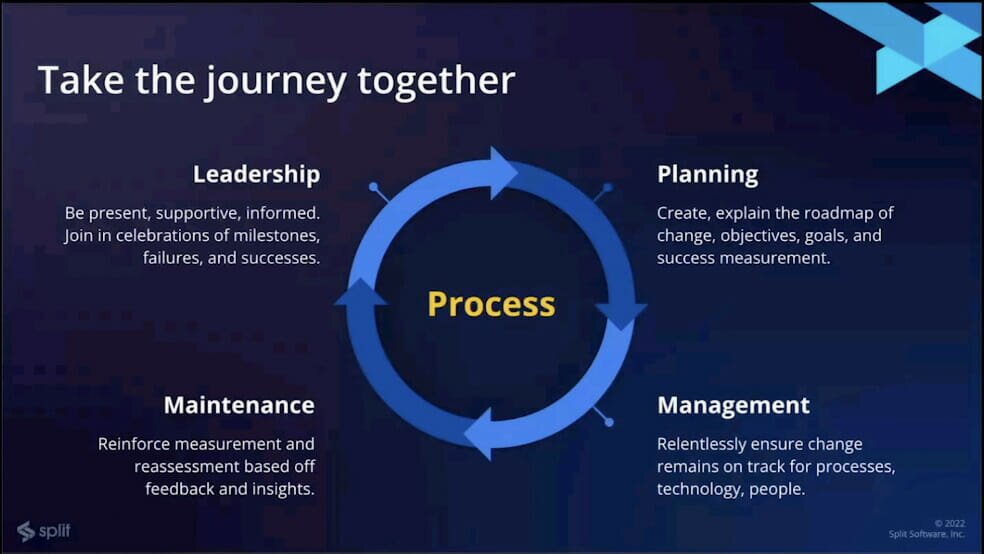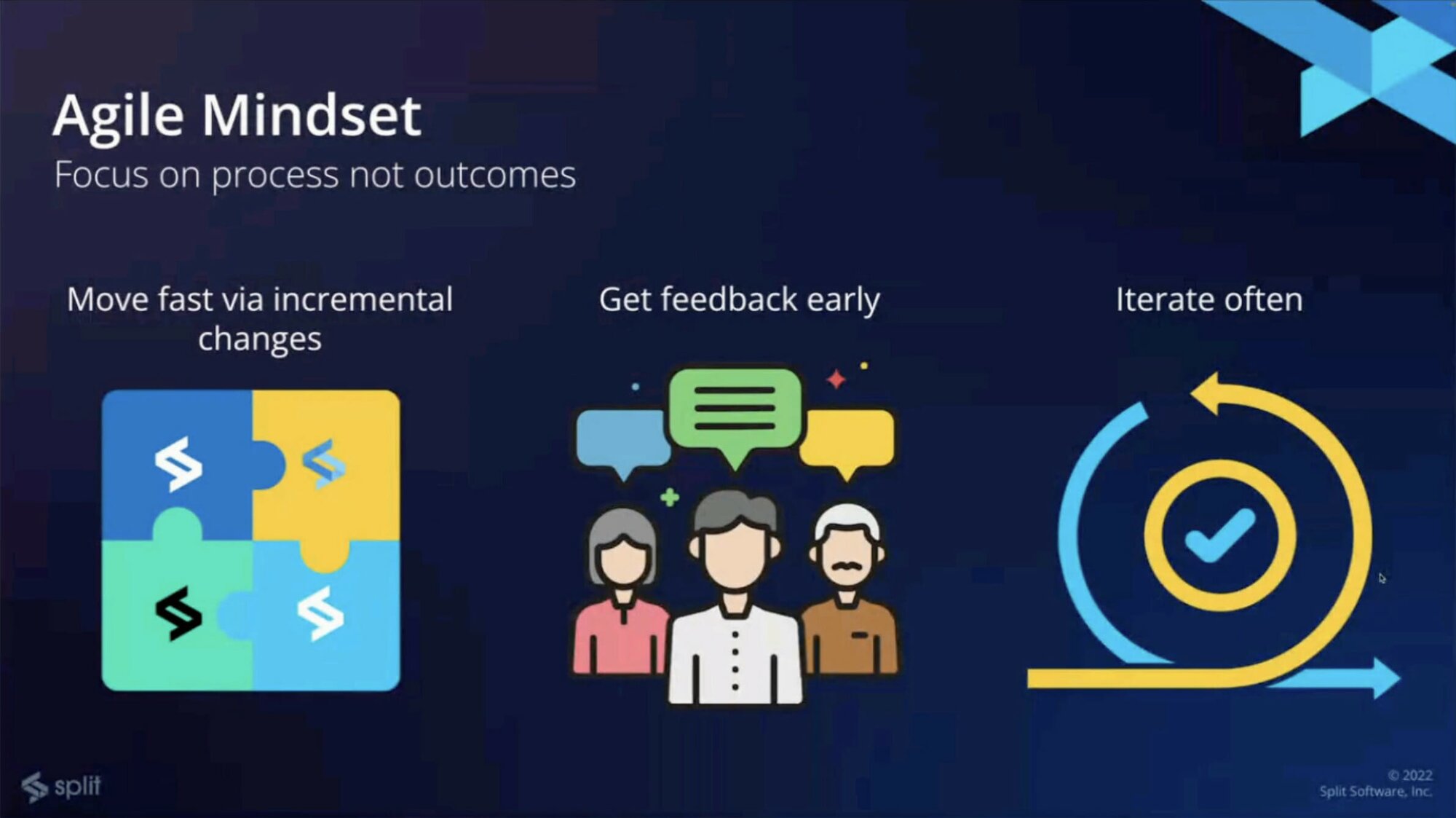Duolingo has long been a standout in product strategy, company culture, and user engagement. Over 14 years, it has grown into a household name, blending language learning with gamification to keep users returning. Now, with the release of its company handbook, we get a behind-the-scenes look at what drives its success. Here are some of the key takeaways.
You can read the full handbook here, but if you don’t have time to read the full thing, below, we’ve summed up a few of the key product takeaways.
TL;DR
- Prioritise user trust over short-term gains
- Test fast and encourage failure and experimentation
- Be willing to make key decisions based on data
- Create and stick to key product and design principles
- Trust is earned, not given
- Prioritise ruthlessly
- Monetisation should never undermine the mission
The pursuit of user retention and engagement
The Duolingo app aims to be sticky for users in the short term but also transformative in long-term learning. “For years, we’ve focused on building something so useful and delightful that it becomes an essential part of our learners’ lives. Learning—particularly language learning—requires regular practice over extended periods of time.” Consequently, user retention is key to reach its mission. “Even though this doesn’t generate immediate revenue, we know that if a product fails to deliver its promise, people will eventually stop using it.”
The learning platform, in its handbook, stressed the importance of regular notifications to engage with users: “More notifications lead to more Daily Active Users (DAUs) in the short term. But people who feel bombarded don’t stick around for long—they eventually turn off notifications or abandon the app entirely. That's why we limit notifications, regardless of what the short-term metrics suggest. User trust matters more than immediate gains.”
The company invests heavily in its engineering team, and experiments frequently to grow its product. “We test ideas quickly and only invest significant engineering resources when something is successful. If something doesn’t work, we move on quickly, keeping the codebase clean and minimizing waste.” For example, Duolingo only fully invested in its Video Call when the team could validate that users engaged with it.
Monetisation, subscriptions, and funding
A common challenge that many product teams face is monetising a product or feature. For years, Duolingo didn’t make money. “We were laser-focused on growing our user base and keeping learners engaged. Also, some of us worried that monetizing Duolingo could get in the way of our mission.”
Duolingo’s perspective began to shift during its Series D funding round in 2025. “We started exploring revenue models—in-app purchases (IAPs), advertising, and paid subscriptions—with one key caveat: they could never compromise our mission. We weren’t going to put learning behind a paywall.” The company started to introduce features such as in-app purchases and Streak Freezes.
To further monetise the app, Duolingo found that it could show one advert to its users without impacting retention. “It became clear that introducing a freemium subscription product was the best opportunity to scale the business. The hard part was doing so while still offering an excellent product for those who couldn’t pay.”
Further down the line, Duolingo decided on a subscription package that eliminated adverts and gave users unlimited hearts. “Over the years, we’ve continued to tweak this model, but the core dynamic is the same: the paid product gives us the resources to pursue our mission at the greatest scale, and the free product is largely how that mission is achieved. Over time, our approach to monetization has shown that we can strike this balance, achieving long-term loyalty while building a large business.”
A shift in learning styles
Duolingo, in 2022, also made a significant shift towards a different learning style in the app. “We took a leap: replacing the Tree with the Path. This new linear structure requires learners to complete every lesson in sequence, ensuring a consistent and strong foundation for everyone. The Path was a large undertaking across both engineering and design. We anticipated that learners might resist such a dramatic change to their routine. And even though the data didn’t immediately show improvements in core metrics like DAUs or monetization, the switch was the right decision.”
“It prioritized real mastery over speedrunning easy lessons to maintain streaks. It also gave us clearer insights into learner progress and greater control over the learning experience.”
Duolingo learned that although this move was bold and seemed counterproductive, it changed how people interacted with the app, which was key to its long-term success.
Product and design go hand in hand
In product and design, four elements guide Duolingo’s strategy:
- Useful: Learners need to get use out of whatever we’ve built. Otherwise, we’ve made something that adds more complexity to the app and distracts learners from what they’re here to do.
- Intuitive: Learners should be learning, not figuring out how to use the app. Every feature must be easy to use for everyone—it doesn’t matter whether they’re a 75-year-old in India using an Android or a 16-year-old in New York City on an iPhone. If a feature or screen requires explanation or additional context, it’s not right.
- Delightful: Every new feature needs to be fun and delightful. We might not need the most elaborate animations in the first iteration of a feature, but there should always be a hint of the magic that learners love.
- Polished: This is what makes a feature feel complete. Tight visual design, perfect copy, and seamless interactions are the baseline. Nothing should feel clunky or inconsistent. For instance, we shouldn’t have both a Back button and an X button that do the same thing.
Following these key principles has enabled learners to have a seamless experience on their learning paths. “Instead of telling learners how to use Duolingo with pop-over messages and lengthy onboarding flows, we let design, animation, and simple prompts do the showing.”
Experimentation and decision-making
When it comes to launching a new product or feature, the handbook states that Duolingo doesn’t launch MVPs. “At Duolingo, we don’t do MVPs—we do V1s.” The team at Duolingo believes that MVPs often have a lower standard of quality and can be used as an excuse to ship subpar work. “V1s, on the other hand, are polished. They may not have all the bells and whistles, but they meet our bar. Sometimes this approach takes a little longer, but we refuse to compromise our users’ experience by showing them half-baked ideas.”
Additionally, the company doesn’t tend to follow usual product practices, such as OKRs. “There was no blueprint for success because no other learning app was doing what we were trying to do. We were—for better or worse—making things up as we went along. We were also fast as hell. And the pace of our experimentation allowed us to quickly figure out what was working and ditch what wasn’t. This applied across everything: product, hiring, engineering, and our business as a whole. We were testing and learning at warp speed.”
However, as Duolingo grows, staying agile becomes increasingly more challenging. The company requires more processes to keep moving at pace. “We need guardrails and processes to keep things from spiralling out of control, but we also want to avoid unnecessary red tape.”
As a product grows, processes are key to reducing workloads and leading to better decisions. Duolingo learned this early on and introduced Product Reviews. “In the early days, Luis often made product decisions during informal meetings, which sometimes got messy.
“Not all stakeholders were included or informed; even worse, it wasn’t always clear if decisions were binding or if Luis was just musing. We needed a better approach. Taking inspiration from engineering’s code review process, we introduced a formal structure for Product Review.”
Duolingo explained that introducing Product Reviews helped the whole team be fully clear on what decisions are being made and what stakeholders are informed.
“The meeting also includes a rotating group of leaders from Product and Design who weigh in, ensuring diverse perspectives. The success of PR has set a precedent for other teams. Marketing, for instance, has adopted a Marketing Review, which brings the same clarity and alignment to their campaigns. These processes help us maintain our quality bar—and make faster and visible decisions across the company.”
Prioritisation is something that all product people struggle with. Across all functions, the company is dedicated to ruthlessly prioritising what matters and what contributes to its mission. “We cut features that don’t deliver value, remove unnecessary complexity, and stay laser-focused on our mission. Letting go of what’s ineffective is often as powerful as creating something new.”
Additionally, experimentation and embracing failure a key pillar of its product culture. “We like to play around, run a little wild—and sometimes fail. But each experiment brings us closer to seeing what works.”
“Testing in the real world gives us better information than any internal discussion ever could. So, we move quickly—to start these feedback loops and let real data guide our work.”
Duolingo explains how some of its best features have come from asking absurd questions. “We practice this at leadership offsites during a tradition we call ‘99 Bad Ideas’ where we brainstorm outrageous concepts—like Duo’s latest hijinks, or changing our stock ticker to LILY. But this spirit extends across the organization, where we make space for challenging assumptions and asking bold questions.”
Duolingo explained how metrics should be at the heart of every decision. “By focusing on actual results—like the effect of a new feature on daily bookings—we can quickly assess whether something belongs in the app. But this spirit extends well beyond the app.”
“Great ideas don’t need a sales pitch—they need a chance to prove themselves. At Duolingo, we prioritize results over opinions. By empowering teams to explore bold concepts and letting metrics guide the way, we ensure that the best ideas rise to the top.”
Dealing with conflict and maximising trust
We all know that conflict management is a huge part of building great products. Duolingo handles conflict by encouraging those in question to move forward and rely on results and testing to come up with a solution. “Even when someone like Luis doubts an idea, they often say, “Go ahead and test it—let’s see what happens.”
Another important element of building great products is trust. “At Duolingo, trust isn’t assumed—it’s earned. Through impactful work, everyone powers their Trust Battery.” The handbook states, “Whether you’re an intern or a new executive, you start by demonstrating your value with meaningful contributions. Each contribution charges the battery, creating a reserve of trust that strengthens collaboration, decision-making, and accountability over time.”
Duolingo’s data-driven decision-making, ruthless prioritisaion, and gamified approach have made it one of the most successful edtech companies in the world. By balancing monetisation and mission, engagement and trust, experimentation and structure, they’ve built a product that keeps users coming back.
Read more great content on product growth and culture on Mind the Product







